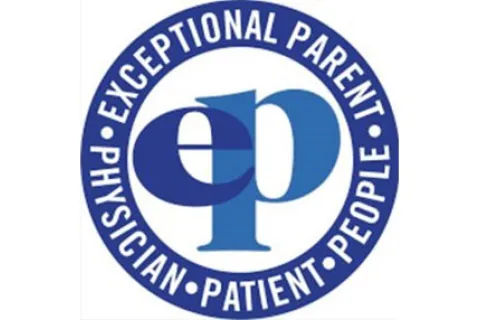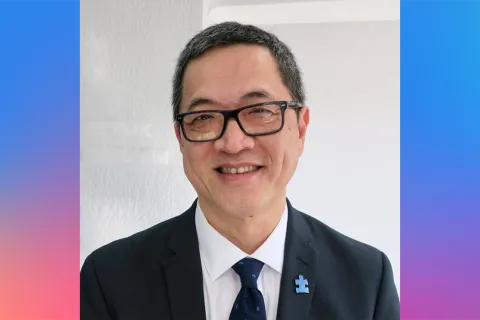Asking for Accommodations
Postsecondary Educational Opportunities Guide
Below is an excerpt from Autism Speak Postsecondary Educational Opportunities Guide by Autism Speaks Board Member Stephen Shore, Ed.D.
No matter what type of path you take after high school, one skill that will be very important is selfadvocacy and learning how to ask for services and accommodations. Many postsecondary educational institutions may not provide the same type of guidance that you were accustomed to in high school. So learning how to ask for things will ensure that you have a successful and positive experience. Here you will find some simple tips and ideas on how to ask for what you need!
Three Steps to Self-Advocacy in Seeking Accommodations Building on the work of The Integrated Self-Advocacy Curriculum (Paradiz, 2009) and Ask and Tell: Self-Advocacy and Disclosure for People on the Autism Spectrum (Shore, 2004), the following 3-step model may be helpful.
1. SCAN:
Where is the challenge? What is causing the difficulty? Challenges may present themselves in any of these three domains: A. Sensory issues, or how we perceive the environment B. Cognitive Processes, or how we think C. Socio-emotional, or perception social cues and how we feel
2. ADVOCACY:
Explaining your needs to promote greater understanding in a way that enables the other to provide assistance.
- DISCLOSURE:
The reason for your asking for an accommodation or greater understanding. Disclosure may be... A. Partial, and only note the specific characteristic of autism affecting a given situation. B. Full, which includes mentioning the diagnosis
EXAMPLE
Let’s return to the introduction where the overwhelmed individual asks for some time to get a paper and pen or even an iPad to take down some information and then explains that he won’t remember all the details.
1. SCANNING the situation or environment, the individual realizes there is too much information to remember, making this a challenge in the cognitive domain.
2. The student is ADVOCATING for himself by developing and implementing a plan of asking for a few moments of time to pull out paper or pencil to record the information being given by the professor or supervisor.
3. The student is DISCLOSING by informing the professor or supervisor that he will not remember all this information without writing it down. This was a partial disclosure in that only the aspect of autism causing the difficulty was mentioned. Had the individual revealed his autism diagnosis and how that affects direction, that would have been a full disclosure, which in this case may have been too much information.
Sometimes accommodations can be as simple as moving your seat away from a noisy ventilation system if you are having auditory sensitivities or placing your seat near the door if there might be a need to leave the classroom for a short period of time. While arranging to sit away from a noisy ventilation system can often be done without explanation, if you have to frequently leave the room during a class, it might be good to notify the instructor beforehand so that he or she has a greater understanding of your needs.








